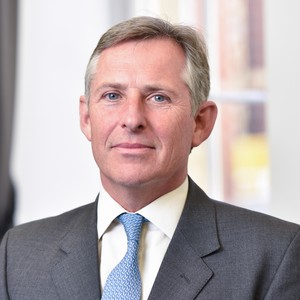In a record year for elections, politics has continued to dominate the headlines with Labour’s towering majority achieved with just 34% of the vote, the lowest in post-war history. The US election has seen two assassination attempts on Donald Trump, Joe Biden’s withdrawal and Kamala Harris’s extraordinary emergence from the shadows as his replacement, all making for a highly unpredictable election on 5 November. Finally, the escalating conflicts in Ukraine and the Middle East continue to concern.
Yet for all the above, whilst markets have been volatile this quarter, politics and geopolitics rarely move markets unless outcomes or events are wholly unexpected. A market maxim states that shakeouts restore assets to their rightful owners. In other words, this is when ‘unnatural holders’ of stocks by leveraged short-term investors become forced sellers. This proved to be the catalyst for the sharp sell-off at the end of July triggered by the Bank of Japan raising interest rates unexpectedly, leading to hedge funds who had borrowed cheaply in Japanese Yen to invest in higher yielding assets, being forced to liquidate these positions.
Meanwhile, recent data has illustrated the lagged effects of high interest rates, resulting in a deceleration of growth in the US economy and inflation clearly moderating, which finally encouraged the Federal Reserve into action in September following the Bank of England’s first downward move in August. This places Western economies at a key turning point of falling interest rates, although the slow progress meted out by the Federal Reserve has disappointed markets, serving to add to the ongoing volatility whilst, at the same time, weakness in the US Dollar, especially against Sterling which rose almost 5% over the quarter, impacted returns on US exposure.
Since January 2023, US technology stocks have essentially been ‘the only game in town’ yet have been showing some signs of fatigue as unprecedented levels of investment into Artificial Intelligence is so far proving hard to monetise. This has resulted in market participants broadening investment into other areas which have been left behind. Nonetheless, the S&P 500, which staggeringly represents over 70% of global equity markets, has still managed to chalk up total returns of 22.08% since the beginning of the year, making it all the harder for UK-centric portfolios given the modest 9.85% return achieved by the FTSE All Share, on a total return basis.
The interminable wait for the new Labour Chancellor’s Budget on 30th October and how she intends to fill the apparent black hole left by her predecessor has created an unhelpful vacuum. Notwithstanding this, she will be doing so with our annual national debt now exceeding 100% of Gross Domestic Product (GDP) for the first time since the 1960s. That said, as we move into the final quarter of the year, when markets often prosper in the run up to Christmas, we do so with supportive fiscal policy and GDP, reasonable labour markets and falling interest rates which should sustain markets into 2025.




